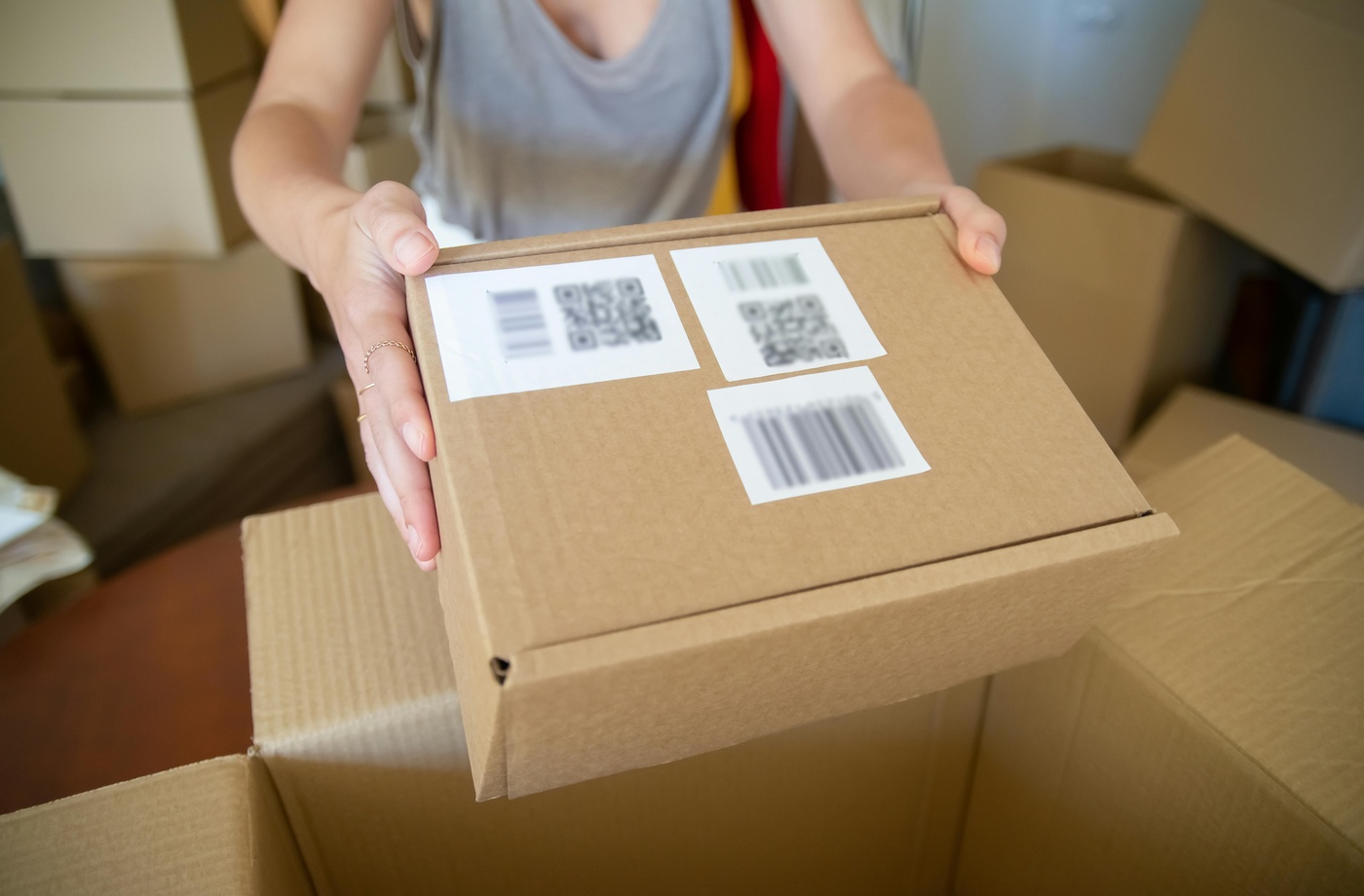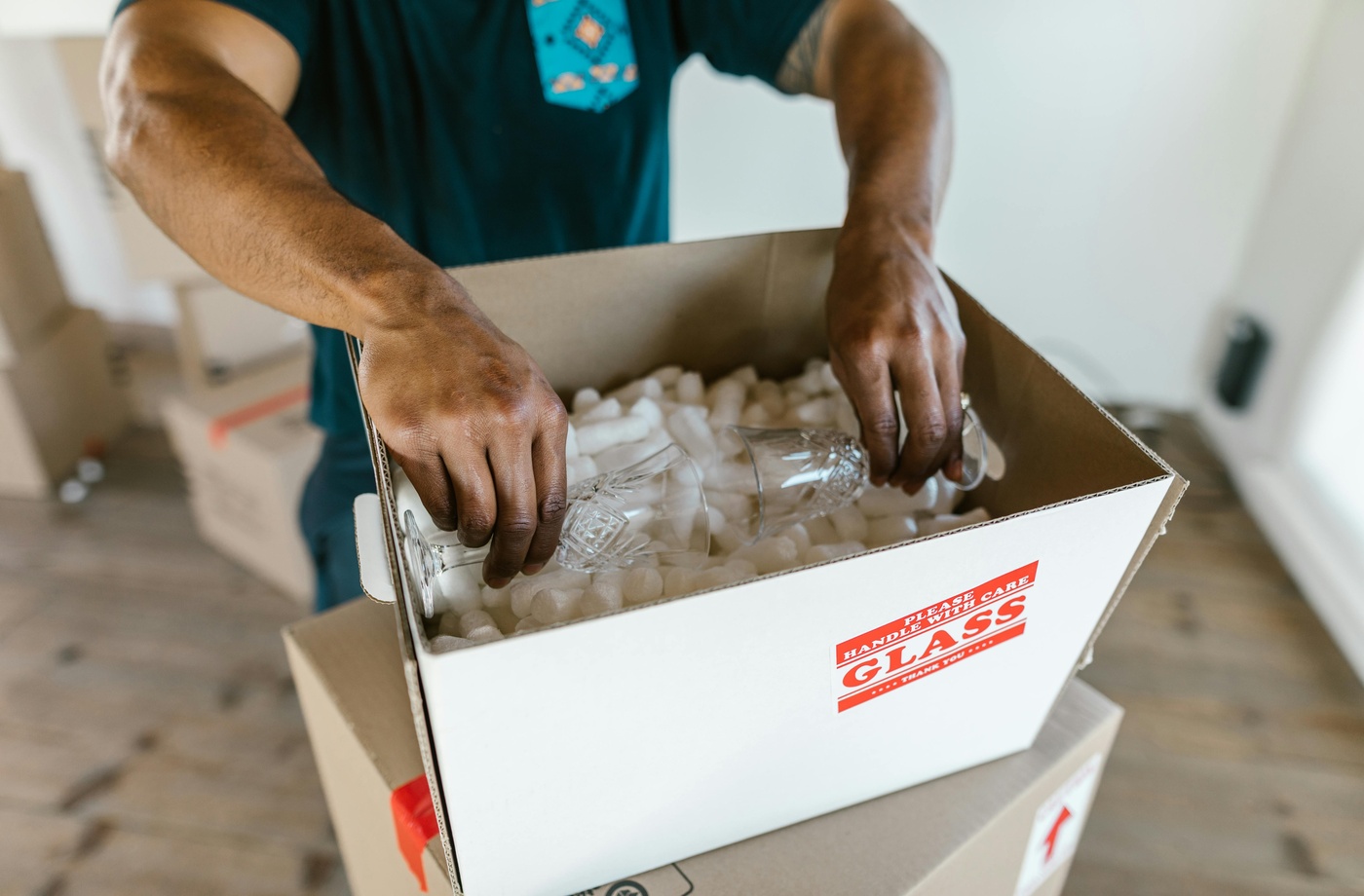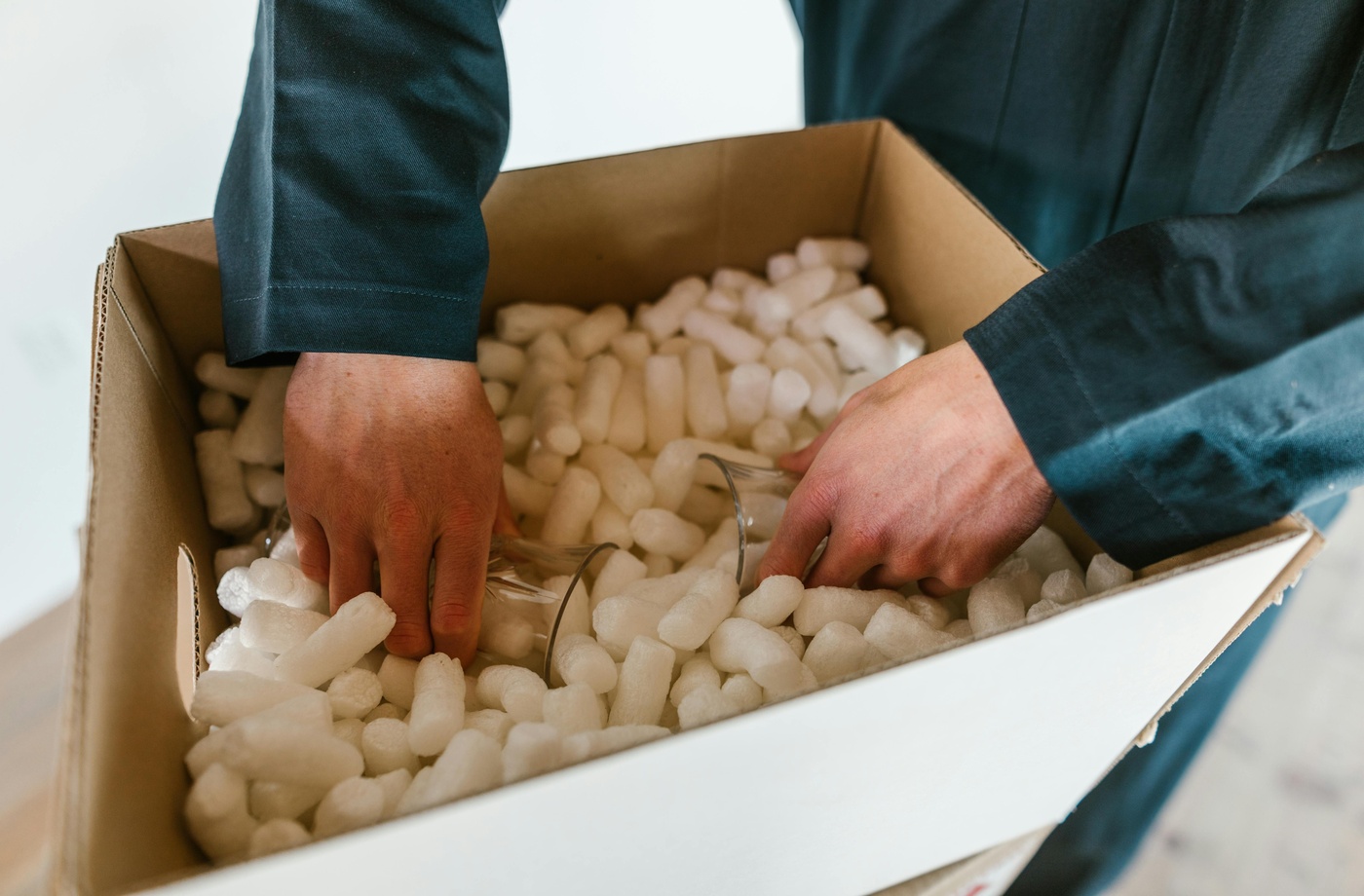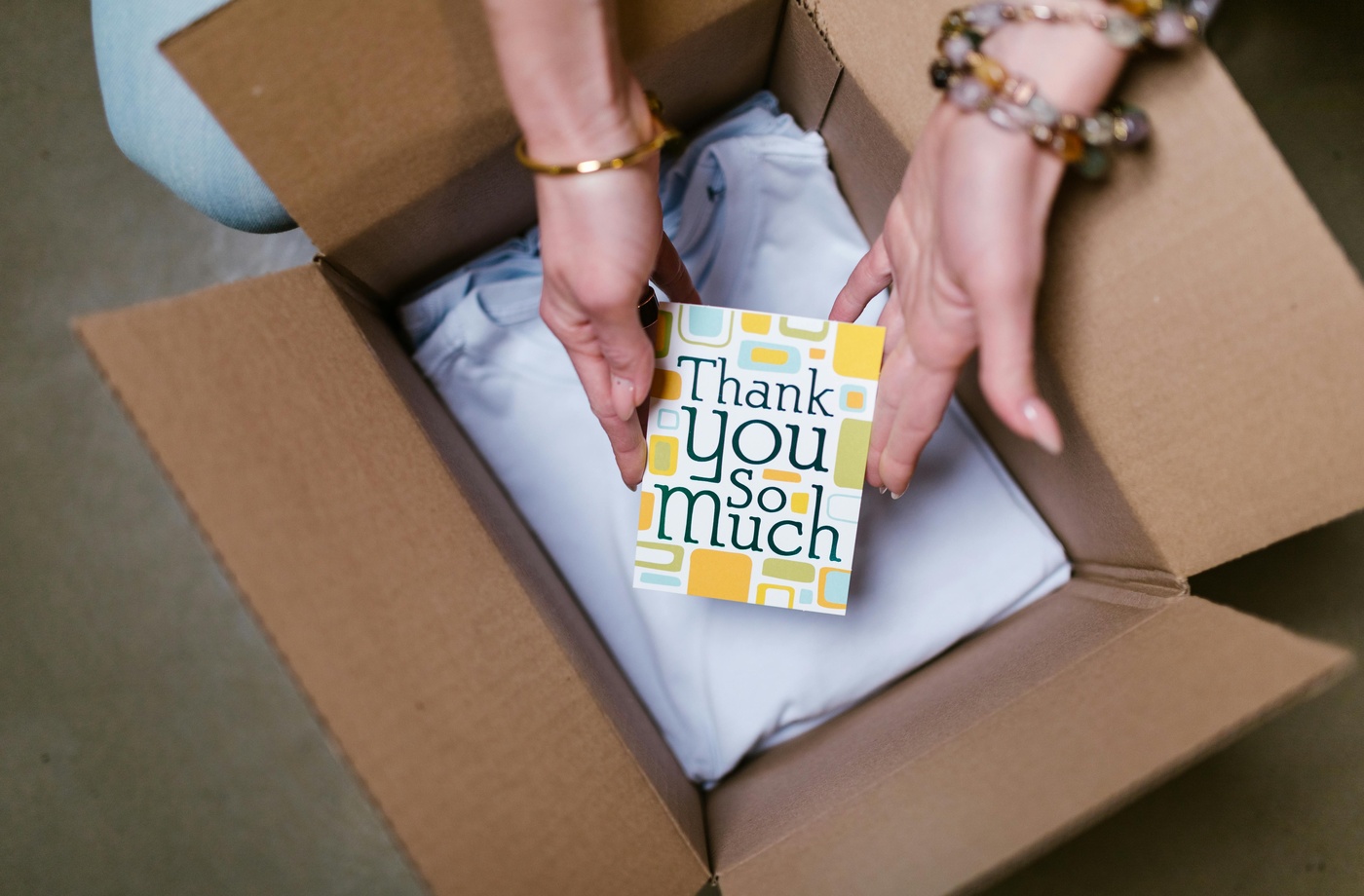Good packaging does more than just look professional—it protects your products, reduces returns, and saves money on shipping. But high-quality packaging doesn’t have to break the bank. The key is finding the right materials that offer protection, are cost-effective, and fit your brand’s needs. Here’s a guide to choosing packaging supplies that strike the right balance.
Why packaging matters more than you think
Damaged products result in unhappy customers, increased return costs, and wasted inventory. Packaging is your first line of defense during transit and plays a role in your brand’s overall perception. For businesses that ship frequently, optimizing packaging is both a customer service priority and a cost-saving tactic.
- Use the right-sized boxes
Oversized packaging leads to higher costs due to dimensional weight pricing. Carriers like FedEx and UPS calculate shipping fees based on box size—even if it’s lightweight.
Solution: Choose boxes that leave no more than 2 inches of empty space around the product. Many businesses use custom-sized packaging or low-minimum order solutions from suppliers like Uline or EcoEnclose.
- Opt for corrugated cardboard
Corrugated boxes offer the best strength-to-cost ratio and are recyclable. Single-wall boxes are suitable for most items, while double-wall boxes are recommended for heavier or fragile products.
Tip: Always check for box certifications like the Edge Crush Test (ECT) rating to ensure durability.
- Add internal protection that fits your product
Not all items need bubble wrap. Match the protective fill to your product type:
- Crinkle paper or tissue: Good for lightweight, non-fragile items and sustainable brands.
- Kraft paper: Affordable and recyclable; ideal for void fill.
- Bubble wrap or foam wrap: Best for fragile or glass items.
- Air pillows: Lightweight and protective, though not eco-friendly.
- Molded pulp inserts or custom cutouts: Higher cost but premium protection and unboxing appeal.
Brands like Packlane and Sticker Mule offer custom-branded inserts at competitive prices.
- Don’t skip sealing supplies
Poor tape is one of the most common reasons for package failure. Invest in:
- Pressure-sensitive poly tape or water-activated paper tape (for better eco-appeal)
- Tamper-proof labels or branded seals
- Stretch wrap if bundling multiple items
- Keep your packaging lightweight
Using overly heavy fillers or boxes can add to shipping costs, especially when charged by weight. Lightweight materials like foam corners, crinkle shred, or recycled air pillows are often more economical over time.
- Source eco-friendly options without overspending
Sustainable packaging no longer means overspending. Companies like EcoEnclose and Noissue offer affordable compostable mailers, recyclable poly bags, and branded packaging made from recycled materials. These choices help enhance your brand image and reduce landfill waste.
- Buy in bulk—but test first
Once you’ve found the right packaging, buying in bulk from suppliers like Uline or Amazon Business can bring costs down significantly. Before committing, order samples or small quantities to test the fit and durability of each item.
- Automate packaging prep if volume increases
If you’re shipping dozens of packages daily, consider using equipment like tape dispensers, label printers, or automated box builders to streamline the process. Pair this with shipping software like ShipStation or Shippo for efficiency.
Final thoughts
Choosing the right packaging isn’t just about aesthetics—it’s a vital part of protecting your product and managing your shipping costs. Start by evaluating your current materials, test new ones when necessary, and source smartly. Well-optimized packaging protects your margins just as much as your merchandise.



